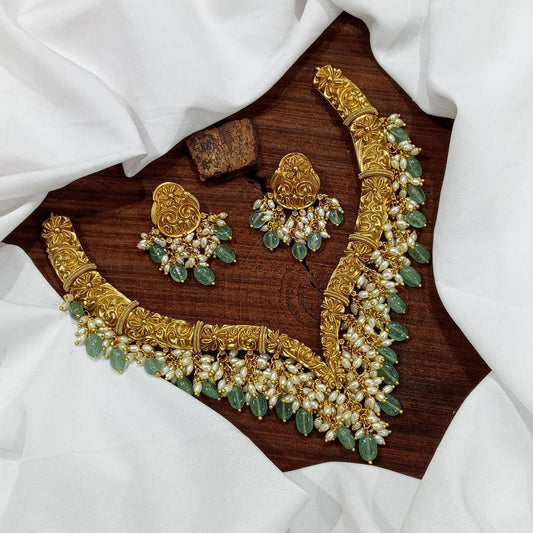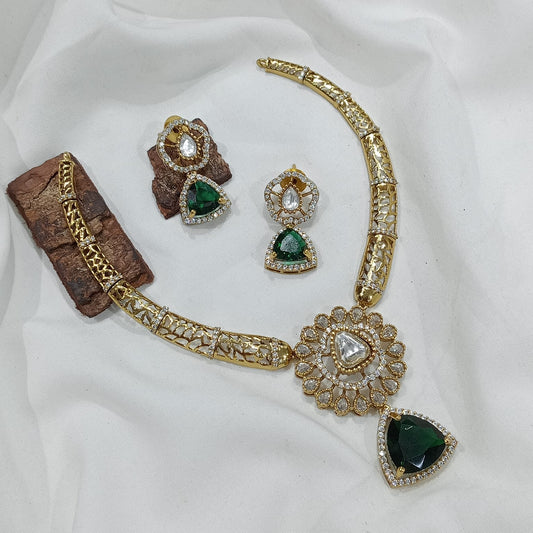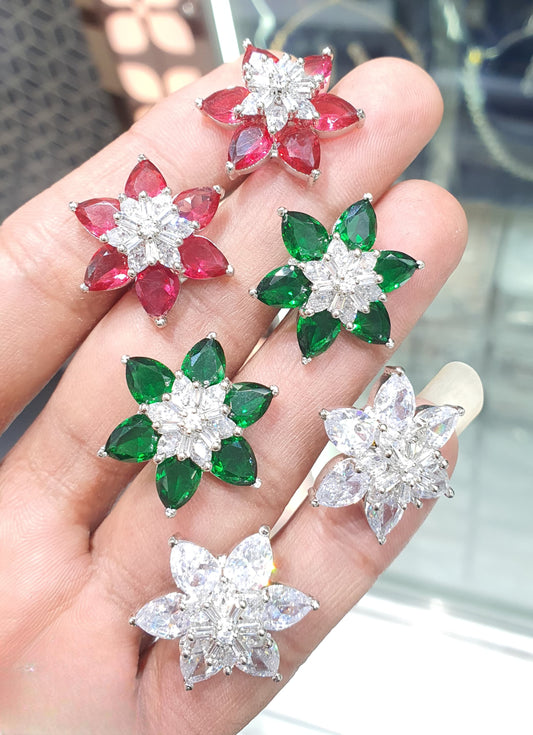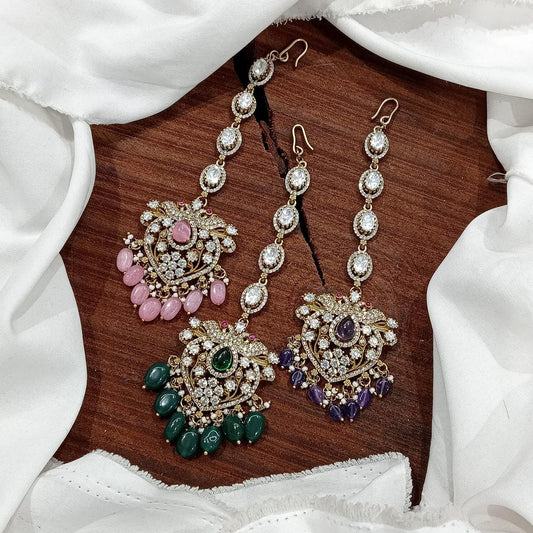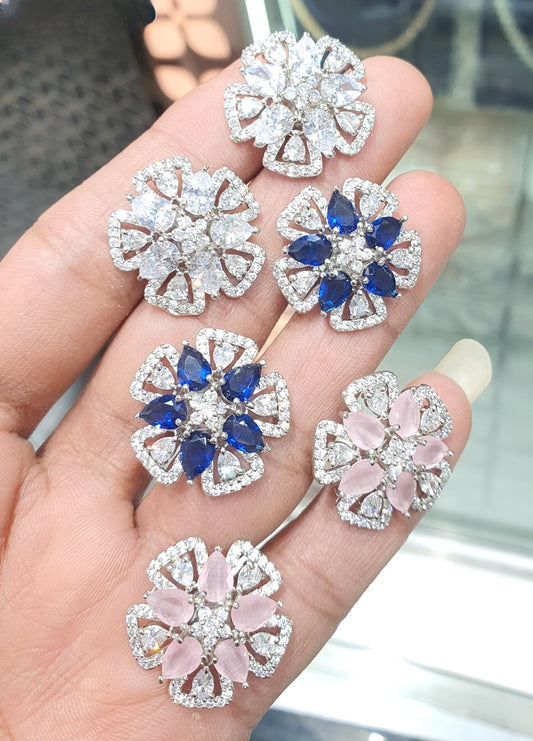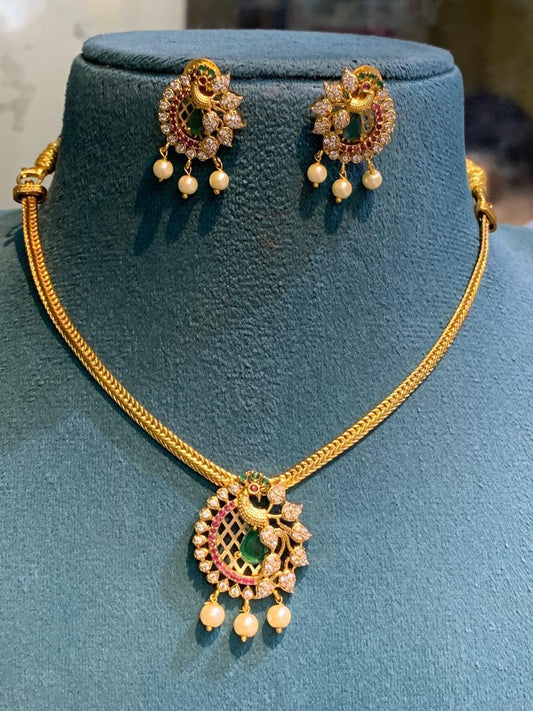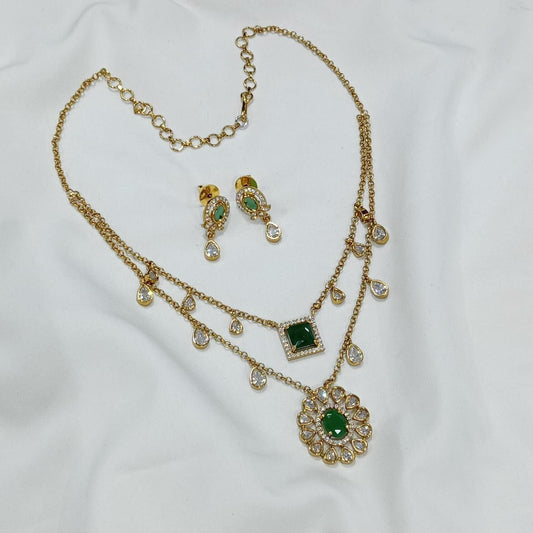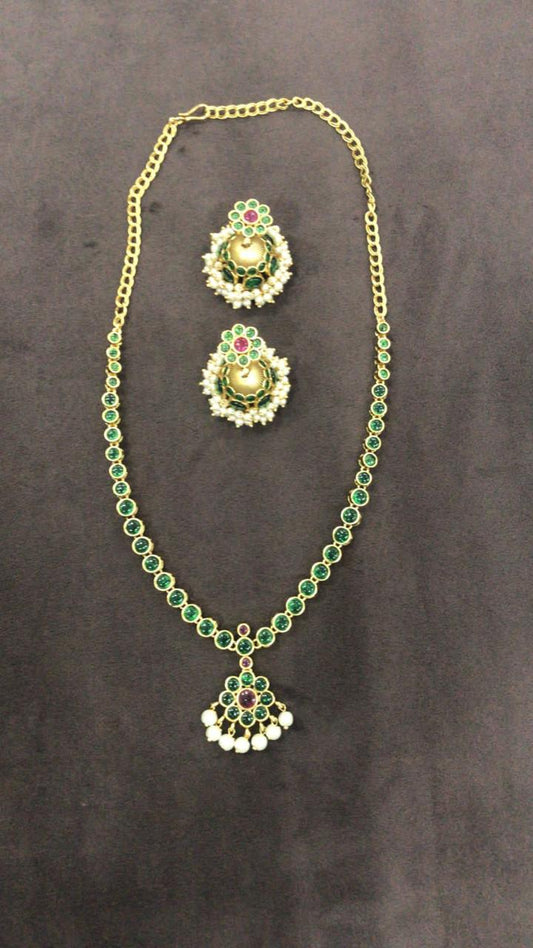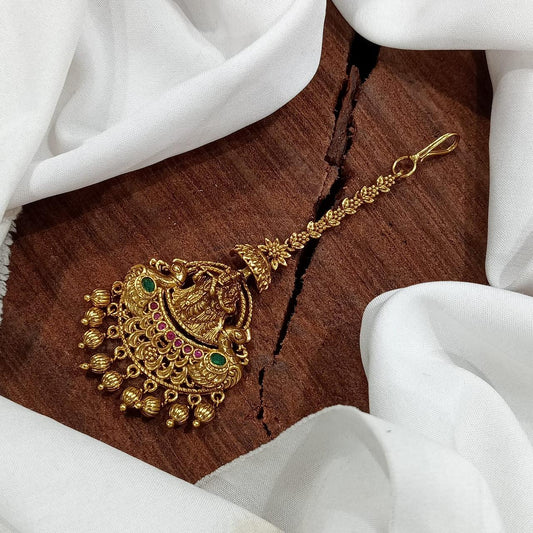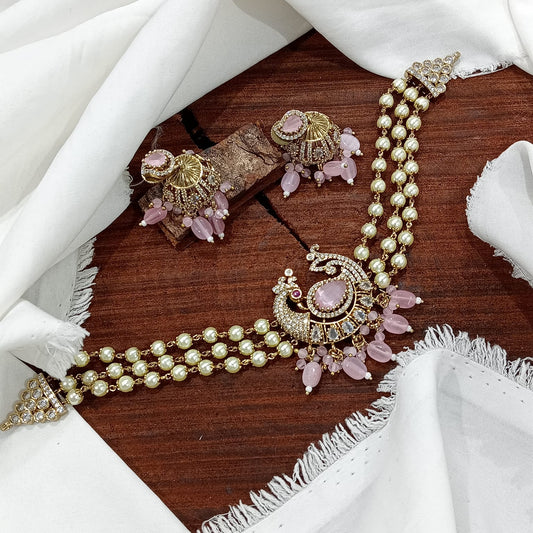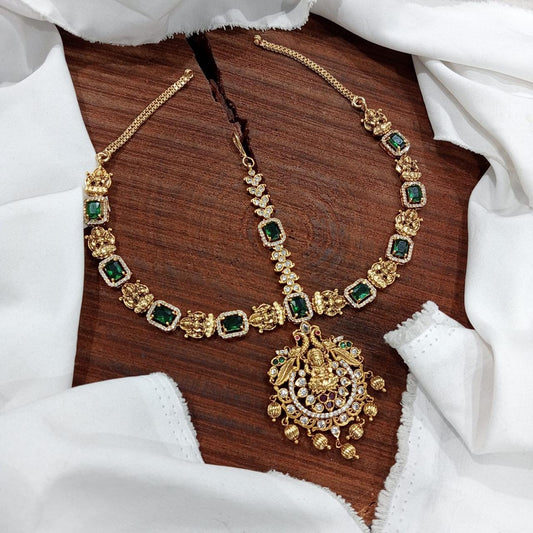
Unveiling the Rich Tapestry: A Brief History of Indian Jewellery
Share
Unveiling the Rich Tapestry: A Brief History of Indian Jewellery
Welcome to the enchanting world of imitation jewellery, a realm where elegance meets affordability, and tradition intertwines with contemporary fashion. To truly appreciate the beauty of jewelry, let's embark on a journey through the rich history of jewelry in India and understand the profound significance it holds.
Historical Splendor
In Indian history, jewelry has been woven intricately, dating back to ancient civilizations like the Indus Valley. Archaeological excavations have unearthed artifacts showcasing the craftsmanship of our ancestors, revealing a love for adorning themselves with exquisite ornaments. The ornaments made of gold and agate, worn by them were found at both Mohenjo-daro and Harappa. The ancient ornaments found include bangles, chokers, long pendant necklaces, rings, earrings, conical hair ornaments, and broaches. They are passed on from one generation to the next.
During the Mughal era, jewellery reached new heights of opulence. Emperors and nobility adorned themselves with pieces reflecting grandeur, incorporating intricate designs and precious gemstones. This era marked a fusion of Persian and Indian styles, giving birth to unique, culturally diverse jewellery.
Symbolism and Significance
Jewellery in India has always been more than mere embellishment; it's a symbol of status, tradition, and spirituality. Each piece tells a story, reflecting cultural values, marital status, and even regional affiliations.
Mangalsutra: A sacred necklace worn by married women, symbolizing the bond of matrimony.
Maang Tikka: Placed on the forehead, it signifies the awakening of the third eye and enhances the bride's beauty.
Bangles: Worn to signify a woman's marital status, with red and green bangles being especially symbolic.
Nath: A nose ring representing both beauty and tradition, often worn by brides during weddings.
Imitation Jewellery: What Sets it Apart?
Imitation jewellery, also known as fashion jewelry or costume jewellery, emerges as a unique and accessible facet of this rich heritage. What sets it apart is its ability to offer a taste of luxury without the hefty price tag. Today we have a wide variety of imitations that you can choose to wear different elegant pieces for different types of occasions
Affordability: Unlike traditional gold and silver, imitation jewellery provides an affordable alternative, allowing individuals to embrace trends without financial constraints.
Versatility: Imitation pieces come in a myriad of designs, catering to diverse tastes and preferences. From traditional to contemporary, there's a piece for every occasion.
Innovation: Crafted from a variety of materials, imitation jewellery often incorporates innovative designs, mirroring the latest fashion trends. This adaptability keeps wearers in step with the ever-evolving world of fashion.
As we delve deeper into this journey, let the allure of imitation jewellery captivate your senses. It's not just an accessory; it's a celebration of history, culture, and the limitless possibilities of self-expression.
Join us as we explore the various types of imitation jewellery, helping you navigate the diverse landscape of styles and materials.
Get ready to elevate your style with a touch of history and a dash of contemporary flair!

